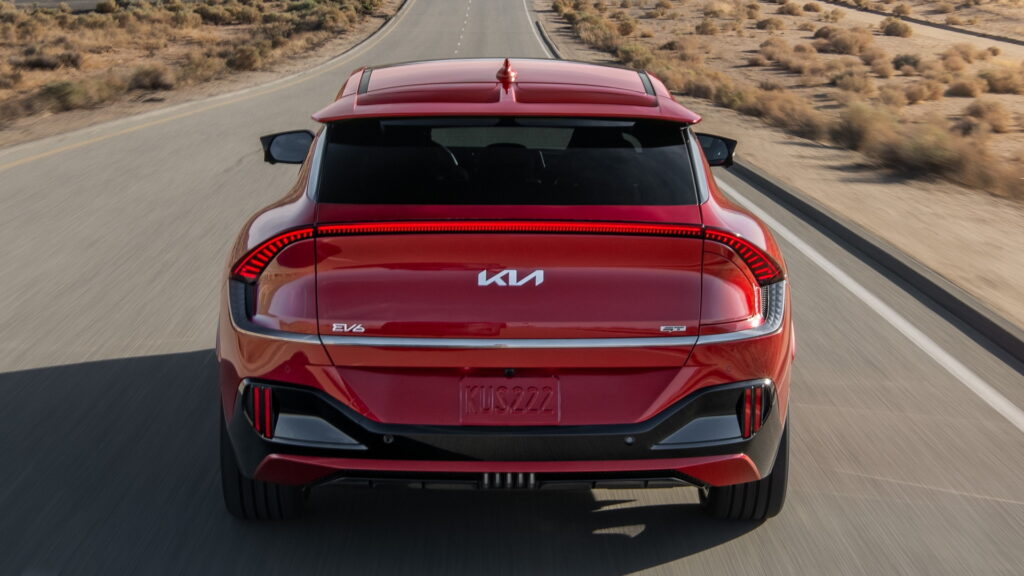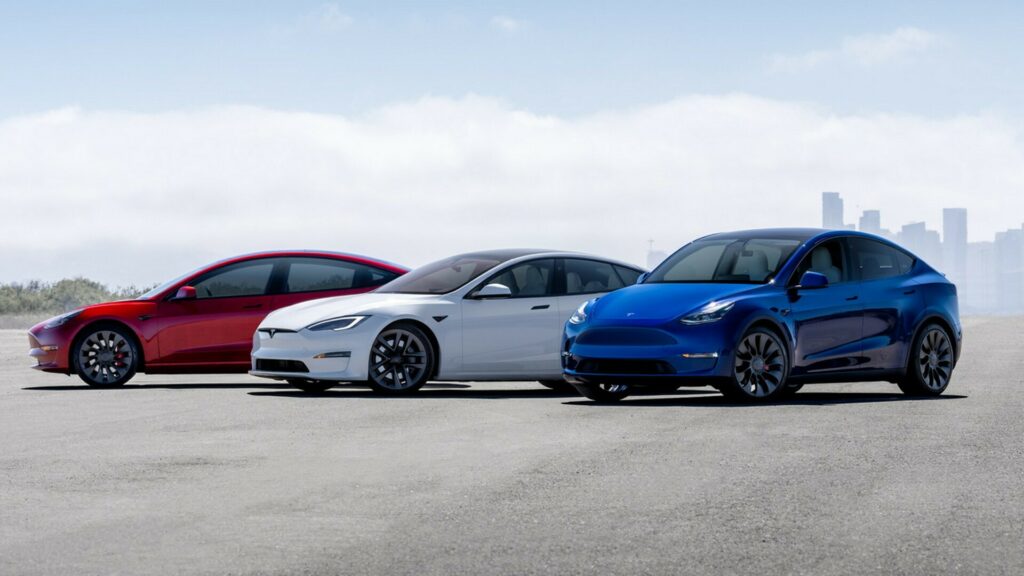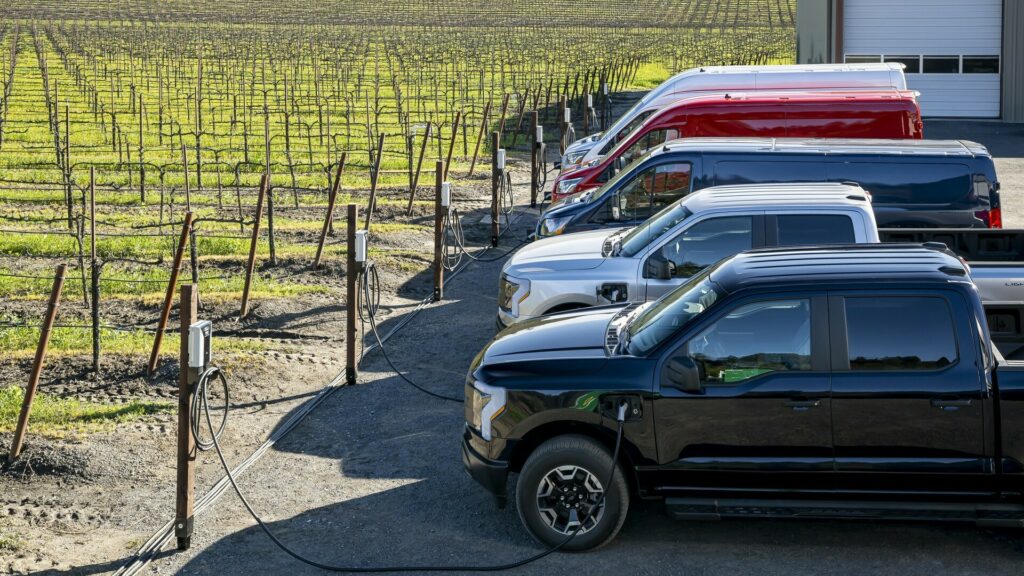The state of Maryland is making moves to reduce carbon emissions by phasing out the sale of new internal combustion cars and light trucks by 2035. The shift follows other states that have adopted the same “Advanced Clean Cars II” rule. The state expects to save tens of millions of dollars every year due to the potential health benefits.
“Today, we’re talking about a major transformation that is going to define this administration—and that’s how we turn Maryland from a state powered by oil and gas to a state powered by clean energy,” said Governor Wes Moore. “I am confident that the state of Maryland can and will lead the clean energy revolution.”
Adopting the rule means that a new regulation goes into place which requires manufacturers to increase the share of EVs that they sell in Maryland. By the year 2035, that percentage must reach 100. It does not affect used cars though so internal combustion vehicles will certainly be on the road in Maryland regardless of this regulation for decades to come.
More: Germany Gets An E-Fuel Exemption, Will It Now Agree To EU’s 2035 ICE Car Ban?

The move is only the latest development in what is already an EV-forward state. Earlier this month, a study showed that Baltimore itself is the ninth friendliest metro area in relation to EVs. With just over 2,100 chargers in the area, it has one for every 1,234 residents. As a state, Maryland ranked even better, taking sixth place in the nation with over 4,040 chargers already.
“The Advanced Clean Cars II regulation is a big step toward cleaner air and a more aggressive response to the threats posed by climate change,” said Maryland Department of the Environment Secretary Serena McIlwain. “This rule will help position us to meet the goals of our Climate Solutions Now Act and 2030 Greenhouse Gas Reduction Act Plan while bringing economic benefits to Marylanders.”
The health-related benefit of eliminating the sale of internal combustion cars is one that Maryland points to as a motivating factor says Fox Baltimore. It says that by the year 2040, it believes that it’ll save somewhere in the neighborhood of $40 million each year due to decreases in illness and lost work days.





